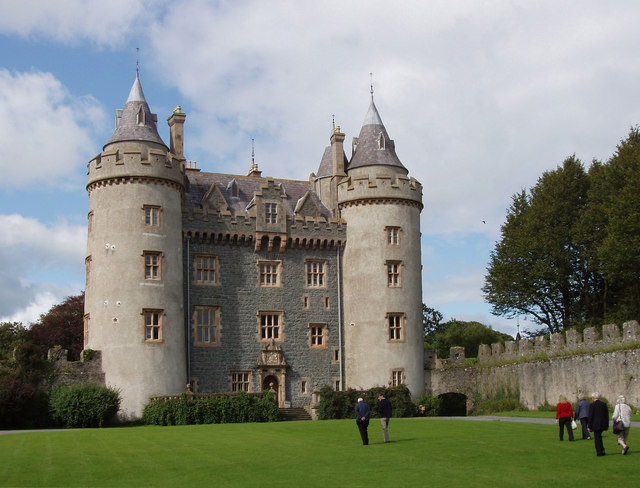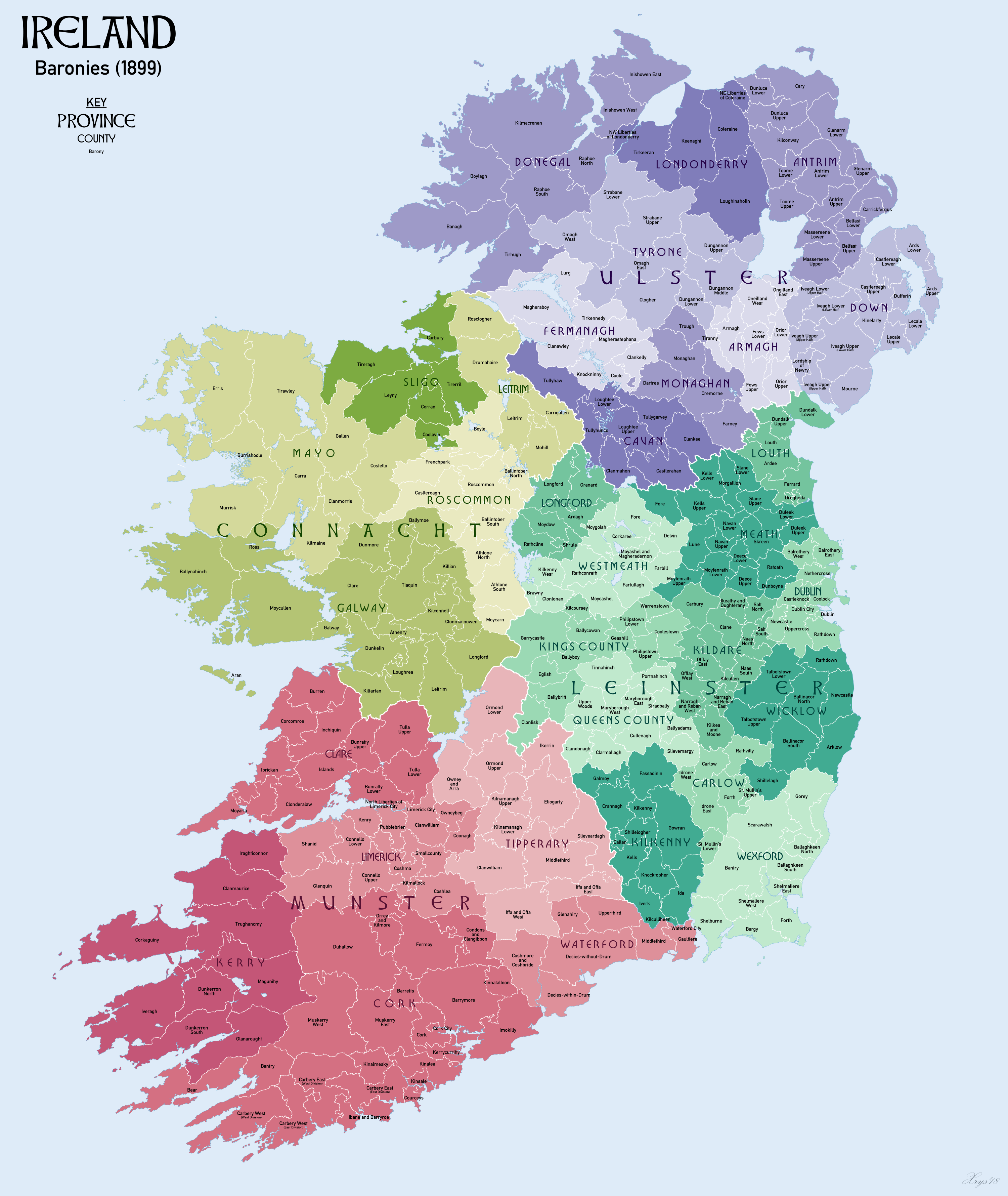|
Ardigon
Ardigon () is a rural townland in County Down, Northern Ireland. It has an area of 484.5 acres (1.961 km2). It is situated in the civil parish of Killyleagh and the historic barony of Dufferin, located 2 miles west of Killyleagh. It lies within the Newry, Mourne and Down District. See also *List of townlands in County Down In Ireland, Counties are divided into Civil Parishes and Parishes are further divided into townlands. The following is a list of townlands in County Down, Northern Ireland: __NOTOC__ A Acre McCricket, Aghacullion, Aghandunvarran, Aghavilly, ... References Townlands of County Down {{County Down ... [...More Info...] [...Related Items...] OR: [Wikipedia] [Google] [Baidu] |
List Of Townlands In County Down
In Ireland, Counties are divided into Civil Parishes and Parishes are further divided into townlands. The following is a list of townlands in County Down, Northern Ireland: __NOTOC__ A Acre McCricket, Aghacullion, Aghandunvarran, Aghavilly, Aghlisnafin, Aghnaleck, Aghnamoira, Aghnatrisk, Aghyoghill, Angus Rock, Annacloy, Annadorn, Annaghanoon, Annaghbane, Annaghmakeonan, Annahunshigo, Ardaghy, Ardarragh, Ardbrin, Ardgeehan, Ardglass, Ardigon, Ardilea, Ardkeen, Ardkeeragh, Ardmeen, Ardminnan, Ardquin, Ardtanagh, Ardtole, Attical, Audley's Acre, Audleystown, Aughintober, Aughnacaven, Aughnacloy, Aughnadarragh, Aughnadrumman, Aughnafosker, Aughnagon, Aughnahoory, Aughnaloopy, Aughnaskeagh, Aughnavallog, Aughrim B Backaderry - Balloonigan Backaderry, Backnamullagh, Ballaghanery, Ballaghanery Upper, Ballaghbeg, Balleevy, Balleny, County Down, Balliggan, Ballinarry, Ballincurry, Ballincurry Upper, Ballindoalty, Ballindoalty Upp ... [...More Info...] [...Related Items...] OR: [Wikipedia] [Google] [Baidu] |
County Down
County Down () is one of the six counties of Northern Ireland, one of the nine counties of Ulster and one of the traditional thirty-two counties of Ireland. It covers an area of and has a population of 552,261. It borders County Antrim to the north, the Irish Sea to the east, County Armagh to the west, and County Louth across Carlingford Lough to the southwest. In the east of the county is Strangford Lough and the Ards Peninsula. The largest settlement is Bangor, County Down, Bangor, a city on the northeast coast. Three other large towns and cities are on its border: Newry lies on the western border with County Armagh, while Lisburn and Belfast lie on the northern border with County Antrim. Down contains both the southernmost point of Northern Ireland (Cranfield Point) and the easternmost point of Ireland (Burr Point). It was one of two counties of Northern Ireland to have a Protestant majority at the time of the United Kingdom Census 2001, 2001 census. The other Protestant-m ... [...More Info...] [...Related Items...] OR: [Wikipedia] [Google] [Baidu] |
Townland
A townland (; Ulster-Scots: ''toonlann'') is a traditional small land division used in Ireland and in the Western Isles of Scotland, typically covering . The townland system is of medieval Gaelic origin, predating the Norman invasion, and most have Irish-derived names. However, some townland names and boundaries come from Norman manors, plantation divisions, or later creations of the Ordnance Survey.Connolly, S. J., ''The Oxford Companion to Irish History, page 577. Oxford University Press, 2002. ''Maxwell, Ian, ''How to Trace Your Irish Ancestors'', page 16. howtobooks, 2009. Townlands cover the whole island of Ireland, and the total number of inhabited townlands in Ireland was 60,679 in 1911. The total number recognised by the Placenames Database of Ireland as of 2014 was 61,098, including uninhabited townlands. Etymology The term "townland" in English is derived from the Old English word ''tūn'', denoting an enclosure. The term describes the smallest unit of land di ... [...More Info...] [...Related Items...] OR: [Wikipedia] [Google] [Baidu] |
Northern Ireland
Northern Ireland ( ; ) is a Countries of the United Kingdom, part of the United Kingdom in the north-east of the island of Ireland. It has been #Descriptions, variously described as a country, province or region. Northern Ireland shares Republic of Ireland–United Kingdom border, an open border to the south and west with the Republic of Ireland. At the 2021 United Kingdom census, 2021 census, its population was 1,903,175, making up around 3% of the Demographics of the United Kingdom#Population, UK's population and 27% of the population on the island of Ireland#Demographics, Ireland. The Northern Ireland Assembly, established by the Northern Ireland Act 1998, holds responsibility for a range of Devolution, devolved policy matters, while other areas are reserved for the Government of the United Kingdom, UK Government. The government of Northern Ireland cooperates with the government of Ireland in several areas under the terms of the Good Friday Agreement. The Republic of Ireland ... [...More Info...] [...Related Items...] OR: [Wikipedia] [Google] [Baidu] |
Civil Parish
In England, a civil parish is a type of administrative parish used for local government. It is a territorial designation which is the lowest tier of local government. Civil parishes can trace their origin to the ancient system of parishes, which for centuries were the principal unit of secular and religious administration in most of England and Wales. Civil and religious parishes were formally split into two types in the 19th century and are now entirely separate. Civil parishes in their modern form came into being through the Local Government Act 1894 ( 56 & 57 Vict. c. 73), which established elected parish councils to take on the secular functions of the parish vestry. A civil parish can range in size from a sparsely populated rural area with fewer than a hundred inhabitants, to a large town with a population in excess of 100,000. This scope is similar to that of municipalities in continental Europe, such as the communes of France. However, unlike their continental Euro ... [...More Info...] [...Related Items...] OR: [Wikipedia] [Google] [Baidu] |
Killyleagh
Killyleagh (; ) is a village and civil parish in County Down, Northern Ireland. It is on the A22 road between Belfast and Downpatrick, on the western side of Strangford Lough. It had a population of 2,787 people in the 2021 Census. It is best known for its twelfth century Killyleagh Castle. Killyleagh lies within the Newry, Mourne and Down district. Demography According to the 2021 Census there were 2,787 people living in Killyleagh. 51% were from a Protestant and 'other Christian religions' background, 37% were from a Catholic background and 12% were irreligious. Places of interest * Killyleagh Castle is a private family residence that is said to be the oldest inhabited castle in Ireland. It has been the home of the Hamilton family since the 17th century Plantation of Ulster and acquired its fairy-tale silhouette in the 1850s when the turrets were added, but it is mostly the same castle that the second Earl of Clanbrassil rebuilt in 1666. The castle hosts occasional conce ... [...More Info...] [...Related Items...] OR: [Wikipedia] [Google] [Baidu] |
Barony (Ireland)
In Ireland, a barony (, plural ) is a historical subdivision of a counties of Ireland, county, analogous to the hundred (county subdivision), hundreds into which the counties of England were divided. Baronies were created during the Tudor reconquest of Ireland, replacing the earlier cantreds formed after the original Norman invasion of Ireland, Norman invasion.Mac Cotter 2005, pp.327–330 Some early baronies were later subdivided into half baronies with the same standing as full baronies. Baronies were mainly cadastre, cadastral rather than administrative units. They acquired modest local taxation and spending functions in the 19th century before being superseded by the Local Government (Ireland) Act 1898. Subsequent adjustments of county boundaries mean that some baronies now straddle two counties. The final catalogue of baronies numbered 331, with an average area of ; each county was divided, on average, into 10 or 11 baronies. Creation The island of Ireland was "shired" i ... [...More Info...] [...Related Items...] OR: [Wikipedia] [Google] [Baidu] |
Dufferin (barony)
Dufferin () is a historic barony in County Down, Northern Ireland. It is on the southern half of the west shore of Strangford Lough, and is bordered by three other baronies: Castlereagh Lower to the north; Castlereagh Upper to the west; and Lecale Lower to the south. History Dufferin, along with the barony of Kinelarty and part of Castlereagh was at one time part of the territory of the ''Cenél Foghartaigh'' (Kinelarty), ruled by the ''Mac Artáin'' (MacCartan) sept. The ''Ó Labhradha'' (Lowry, Lavery) sept are also noted in Dufferin. In the reign of Henry VIII the White family, who were originally from Flemington in County Meath, became Lords of the Manor of Dufferin. Patrick White (died 1561), the first of the White family to own Dufferin, was second Baron of the Court of Exchequer (Ireland). The Whites, although they were driven away for a time due to local disturbances, owned Dufferin until 1610, when they sold the barony to James Hamilton, 1st Viscount Claneboye.''Ulster ... [...More Info...] [...Related Items...] OR: [Wikipedia] [Google] [Baidu] |
Newry, Mourne And Down
Newry, Mourne and Down () is a Local government in Northern Ireland, local government district in Northern Ireland that was created on 1 April 2015 by merging Newry and Mourne District and Down (district), Down District. It covers most of the southeastern part of Northern Ireland. The local authority is Newry, Mourne and Down District Council. The principal population centres are Newry in the south of the district, and Downpatrick in the north; both these urban areas were seats of previous council areas. Geography It covers the Southeast of Northern Ireland, including southern County Armagh and large parts of County Down. It incorporates all of the Mourne Mountains and much of the Ring of Gullion, both designated as an Area of Outstanding Natural Beauty. The area has an extensive coastline stretching from Strangford Lough in the north to Carlingford Lough, in the south and borders counties County Louth, Louth and County Monaghan, Monaghan in the Republic of Ireland. The district ... [...More Info...] [...Related Items...] OR: [Wikipedia] [Google] [Baidu] |




